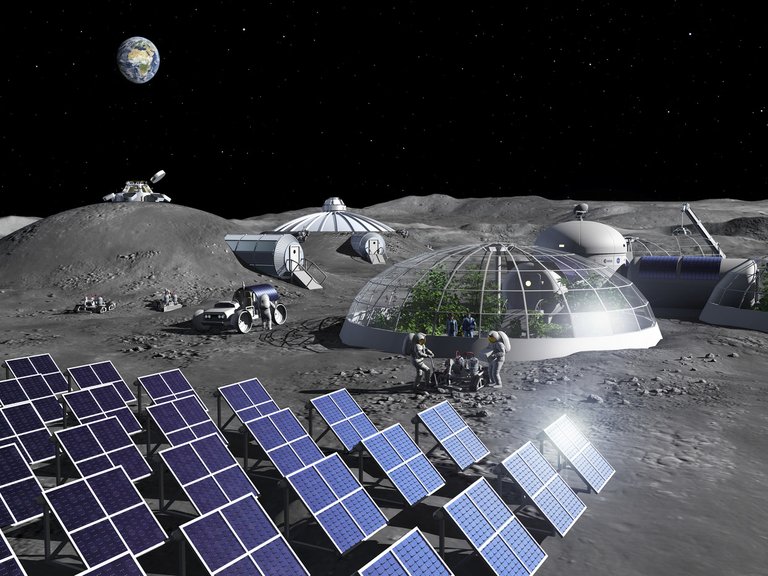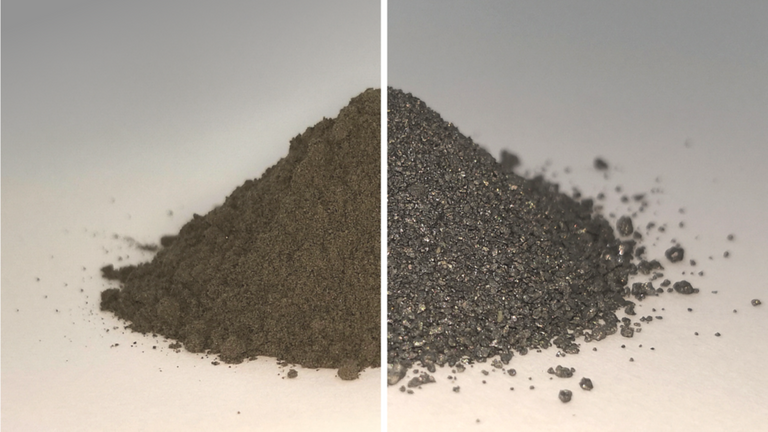ESA to begin producing oxygen from LUNAR DUST
The European Space Agency (ESA) has fired up its prototype oxygen plant to begin producing the element out of simulated moondust, with a view to creating a sustainable breathable air production facility on the Moon.
“Being able to acquire oxygen from resources found on the Moon would obviously be hugely useful for future lunar settlers, both for breathing and in the local production of rocket fuel,” says Beth Lomax of the University of Glasgow, a researcher working on the prototype at the European Space Research and Technology Centre (ESTEC).

© ESA - P. Carril
The current prototype is set up in a lab in Noordwijk in the Netherlands, but the next step is to begin fine-tuning, reducing the operating temperature and streamlining the design to create a portable version of the system that could one day be flown to the Moon.
Based on samples brought back from the Moon over the years, it turns out that lunar regolith (moon rock) is made up of 40 to 45 percent oxygen by weight, making it the satellite’s single most abundant element, which is incredibly fortunate for future human colonization plans.

© Beth Lomax - University of Glasgow
However, the oxygen is bound up as oxides which take the form of minerals or glass, not the ideal form for taking a big lungful of air. In the prototype, oxygen extraction is done using molten salt electrolysis, where the lunar rocks are placed in a metal basket with calcium chloride salt which is heated to a whopping 950 degrees Celsius.
The regolith somehow remains solid at this temperature, however, but by passing a current through the heated moon rock it releases the oxygen contained within. Somewhat miraculously, the regolith then becomes usable metal alloys.
Researchers are now also exploring potential future uses for these metal alloys, including in lunar-based 3D printers to construct parts for lunar bases or potentially even spacecraft.
For now though, the main goal is to get a functional lunar prototype ready for testing by the mid 2020s. Such projects form an integral part of NASA and the ESA’s joint future in space, as the agencies work towards “a sustained human presence on the Moon and maybe one day Mars.”
Betman wouldn’t bet on this one, if you ask him… 😉
I must admit, I am amazed! all the problems that exist here are ignored and "oxygen" can be extracted from "Moon Dust". Will the hubris of man-kind ever wake up and realize the problems here?
Great article! I love it.
Allow me to be the miracle maker. The process is actually very simple.
Metal oxides (presumably from meteorites) are made from metal and oxygen.
Very similar to the rust found here on earth.
The aluminum foil in your kitchen is coated with a thin layer of aluminum oxide.
If this is heated to a high enough temperature, the oxygen is released back into the air and the layer remaining is pure aluminum again.
The same can be done with common rust to recover the iron and other metals.
By encapsulating the metals in molten salt, oxides are prevented from reforming as the metals cool, resulting in relatively pure alloys.
These alloys can be further refined to extract each individual metal.